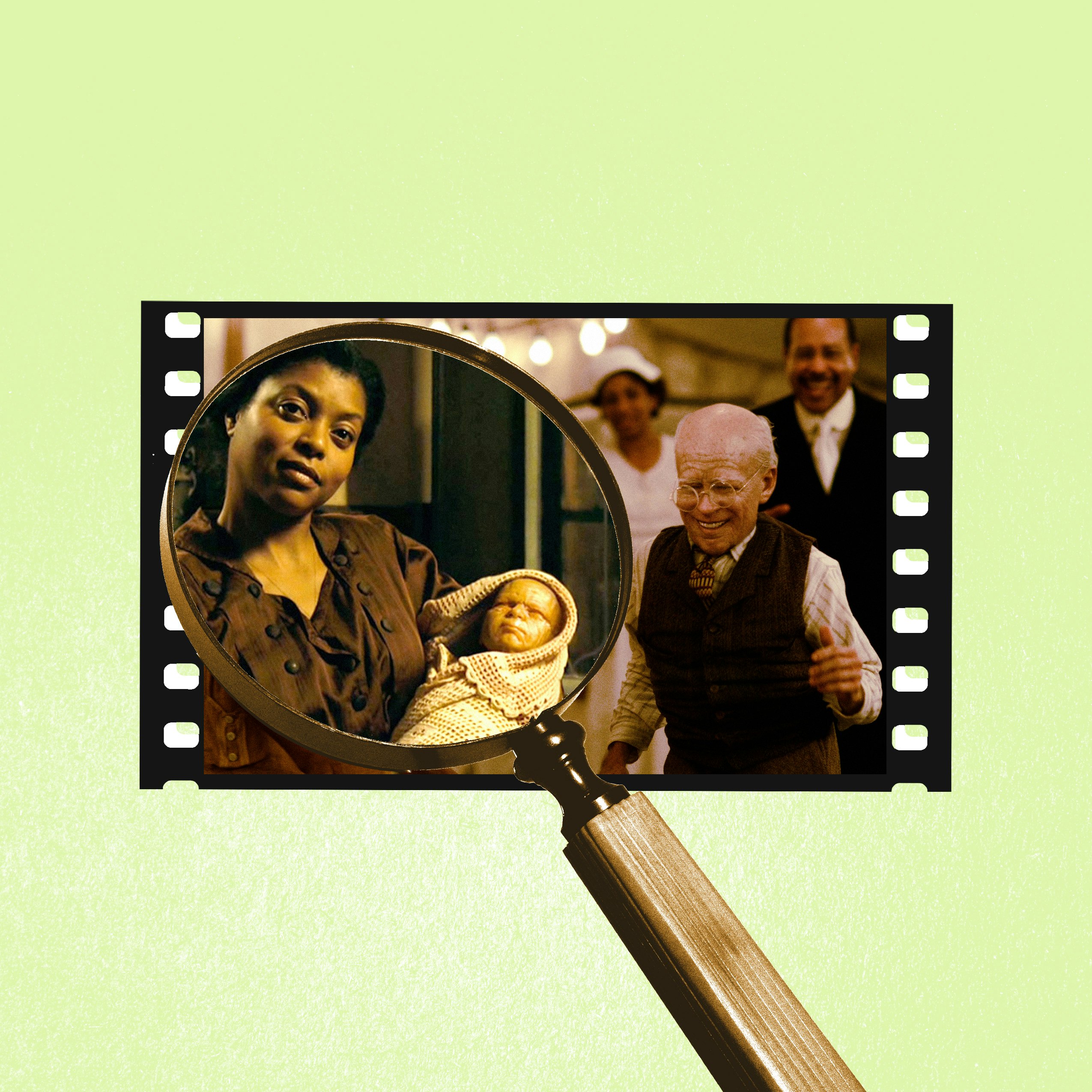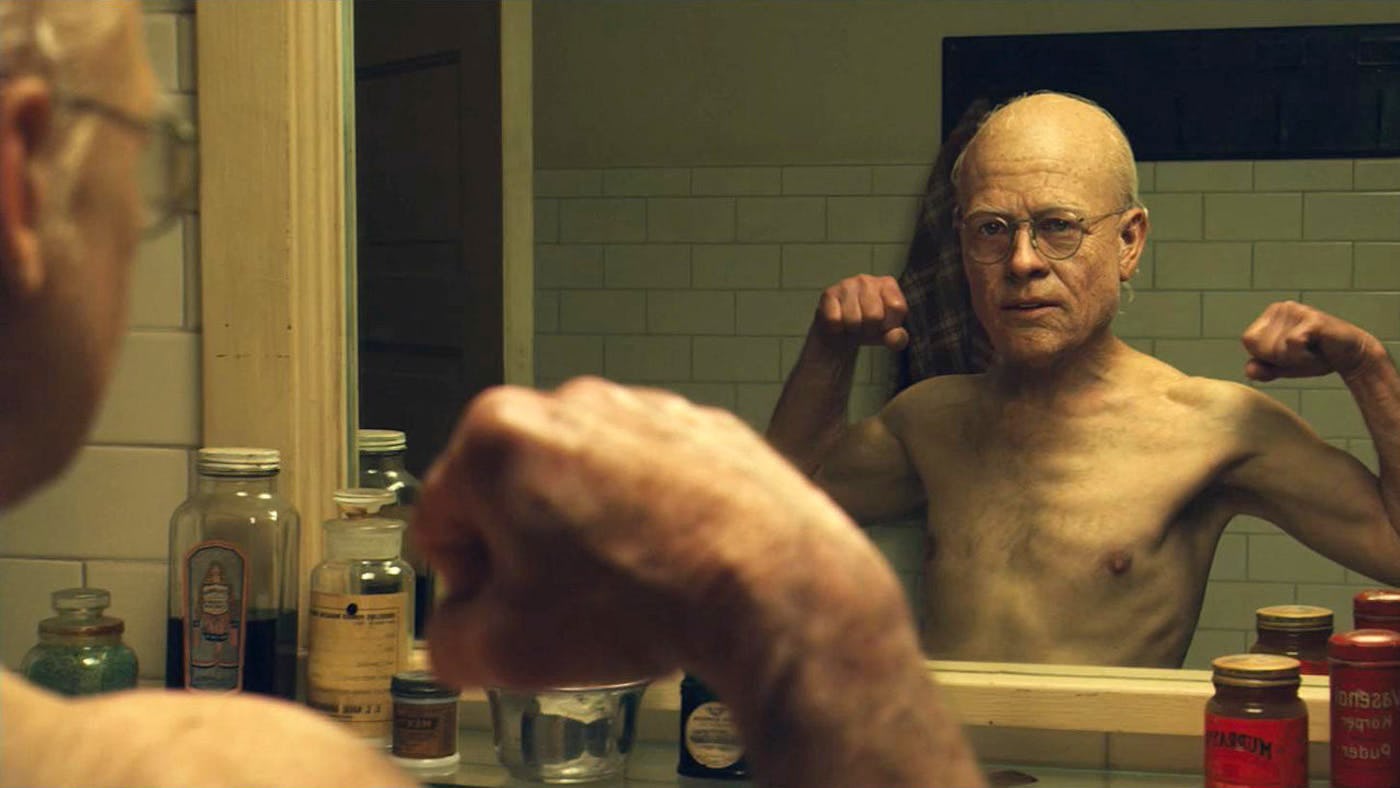
Science fiction writers have long concocted farfetched schemes to achieve the Holy Grail of eternal youth. But although the quest for immortal life may be tantalizing onscreen, it’s not exactly probable in real life.
That’s why the whimsical sci-fi drama The Curious Case of Benjamin Button was so fascinating when it came out fifteen years ago. The protagonist always knew his life was going to come to an end — just not in the usual fashion.
Warning: Spoilers ahead for the movie!
The protagonist, Benjamin Button is born a wrinkly-faced, arthritic old-man old and then dies as a young baby. He has spent his entire life biologically aging in reverse. “I was born old,” Benjamin tells his friend and eventual love interest, Daisy.
Rather than asking whether we can live forever, The Curious Case of Benjamin Button poses a more unique question: could you literally turn back the clock on aging?
As it turns out, that question might contain more science and less fiction than you think — but don’t expect to transform from an 80-year-old senior into a young Brad Pitt anytime soon.
“I just don't think we're there yet. And I don't think we'll even be there in decades,” Matthew Yousefzadeh, an instructor in the Columbia Center for Healthy Longevity, tells Inverse.
Reel Science is an Inverse series that reveals the real (and fake) science behind your favorite movies and TV.
How Could We Turn Back the Clock on Aging?

Some anti-aging researchers are actually trying to answer the movie’s central question through epigenetics. Epigenetics refers to altering the activity of genes — also known as gene expression — without changing the underlying DNA. Think of it as a light switch with a dimmer. You can turn the switch up to make it brighter or down to make it dimmer.
Genes get expressed in different ways throughout our life, correlating with aging. Inflammation in the body often increases as we get older — a process researchers call “inflammageing” — leading to a greater onset of age-related diseases like Alzheimer’s or cardiovascular problems.
“I think, right now, it borders on science fiction”
Cellular reprogramming — also known as “age reprogramming” — has its roots in epigenetics, and it’s basically the idea that you can reprogram cells to an earlier stage in development to turn back the body’s epigenetic clock. So you might chronologically be 70 years old but have cells in your body that biologically function like that of a much younger person.
“There's been a sort of an explosion in genetic reprogramming. It's a promising field but it's in its really early days,” Yousefzadeh says.
Back in the 2000s, Japanese researcher Shinya Yamanaka realized that four transcription factors — Oct3/4, Sox2, Klf4, c-Myc (OSKM)— could turn on the expression of certain genes and reprogram mice skin cells back to a more immature or youthful state, also known as “induced pluripotent stem cells” (ISPC). He received a Nobel Prize for his groundbreaking research on so-called “Yamanaka factors.” In recent years, researchers like David Sinclair at Harvard have built on Yamanaka’s research to reverse vision loss in mice, while others have claimed to “erases cellular markers of aging in mouse and human cells.”
But Yousefzadeh says we need to be cautious about such results and not get ahead of ourselves, especially since no clinical human trials have been conducted. Yamanaka factors can also induce tumors if researchers aren’t careful, so there are reasons to be wary about cellular reprogramming.
“We're starting to see studies where [the] epigenetic clock changes with certain interventions, but there's not a great burden of evidence. It's a very inexact science, and there are margins of error,” Yousefzadeh explains.
Is it Really Possible to Reverse Aging?

It’s fair to say no one is seeking to turn adult humans back into babies, but it’s worth asking: could we use cellular reprogramming to effectively reverse biological aging not unlike The Curious Case of Benjamin Button?
“I think it's plausible science down the line. I think, right now, it borders on science fiction,” Yousefzadeh says.
The big problem is that to reverse the body’s epigenetic clock, you would need to use gene therapy to virally deliver the Yamanaka factors to different cells in the human body. It would be an enormously challenging and costly task, plus, gene therapy has been “littered with successes, as well as massive failures,” Yousefzadeh adds.
Even if you could figure out how to make it work, it’s a technology that only the rich could afford. Yousefzadeh says that if we can develop a drug that delivers the Yamanaka factors to the body’s cells in a similar way to gene therapy, that might democratize cellular reprogramming and make it accessible to the masses. But the science is still a long way from achieving such a drug.
“I feel like this is the backslide to immortality and I'm like, guys, we haven't even fixed diabetes,” Yousefzadeh says.
What Can We Learn from The Curious Case of Benjamin Button?
Instead of searching for a way to turn back the clock, Yousefzadeh says we should probably focus first on making aging a less painful experience — so that we might be able to better accept our old age rather than trying to run from it.
After all, it’s much easier to halt or prevent age-related diseases in a younger person than take an old man and try to reverse his chronic age-related conditions like arthritis or eye disease.
“First: can we delay the onset of age-related diseases, or, if you have them, reduce the severity of them? Let's work on that before we, quote-unquote, reverse aging,” Yousefzadeh concludes.
In that vein, we’d do well to take a page out of The Curious Case of Benjamin Button, which takes a progressive view of accepting aging with grace and dignity. When Benjamin first meets his friend, Daisy, she says she’s sorry about his unusual life circumstances — being born an old man.
Benjamin simply replies, “No need to be. There’s nothing wrong with old age.”







